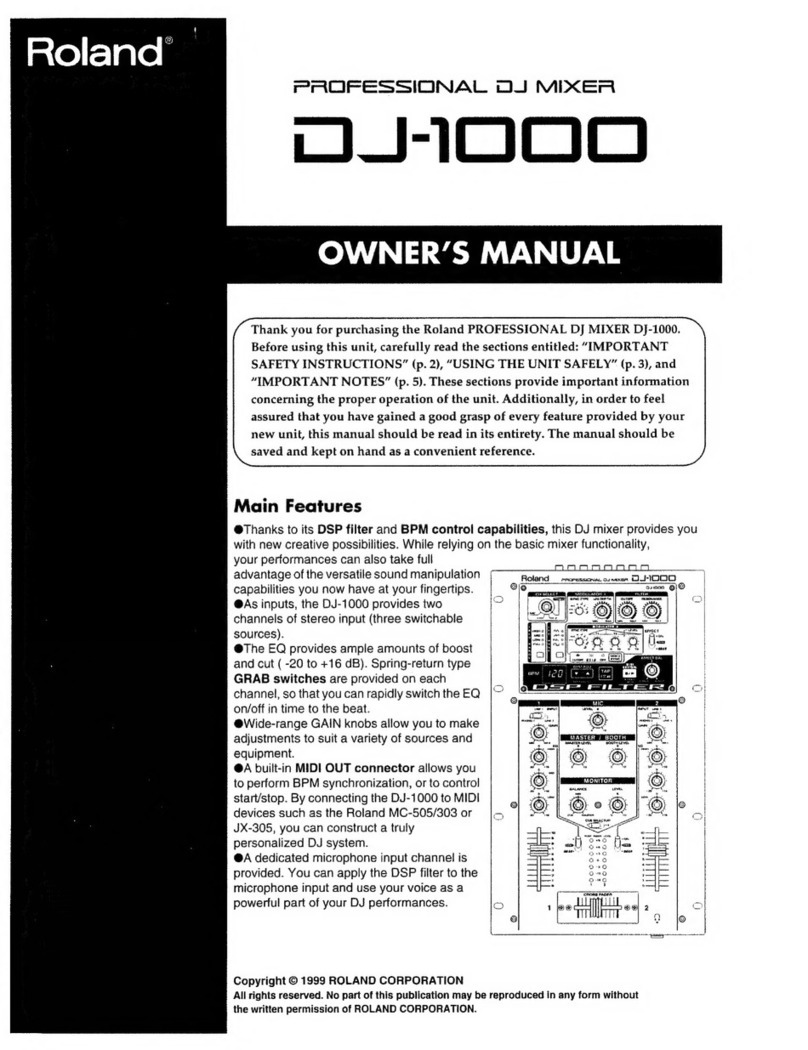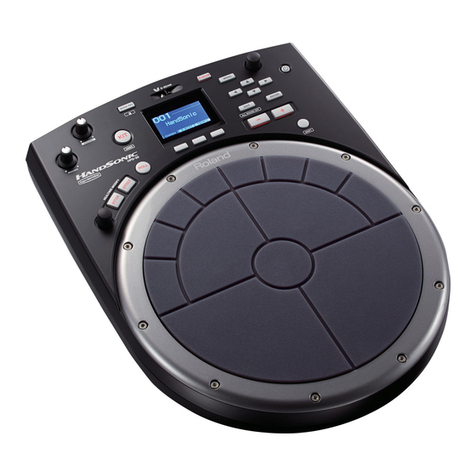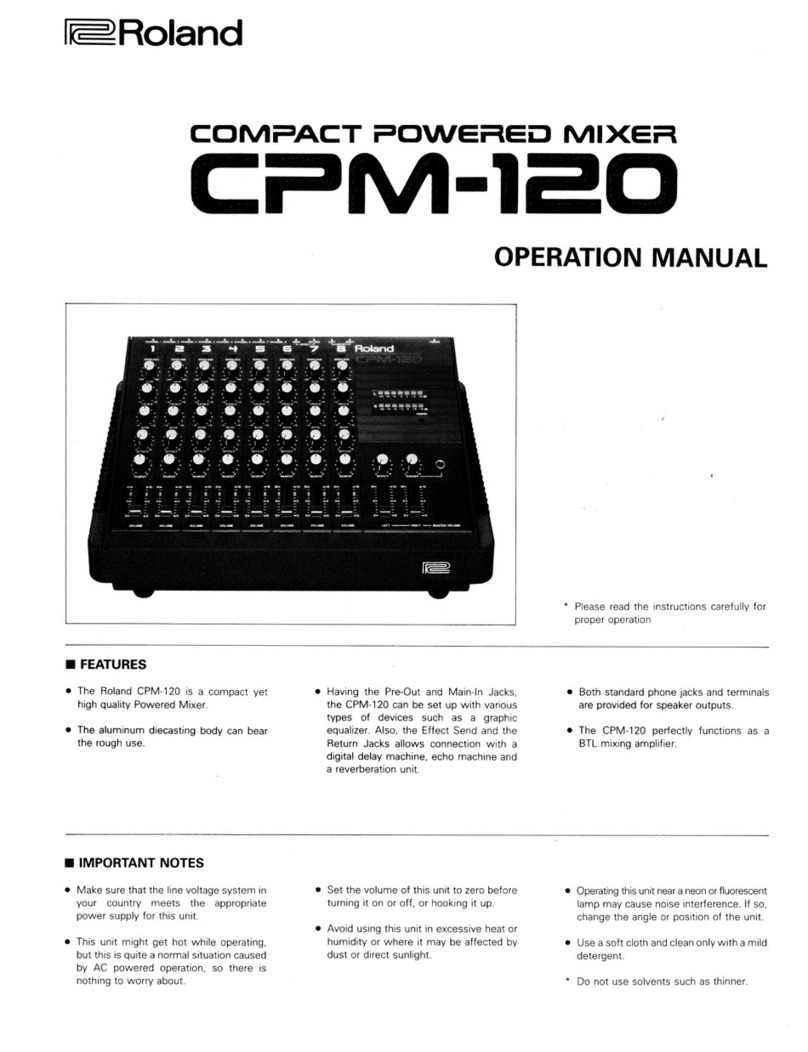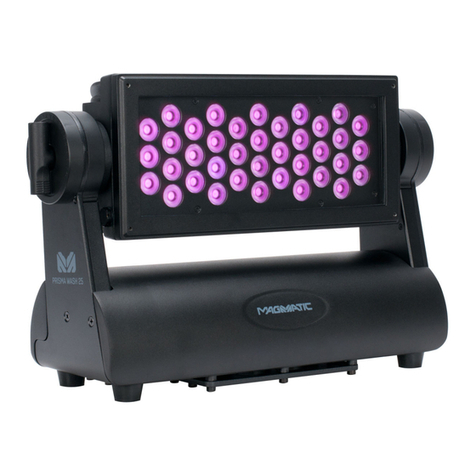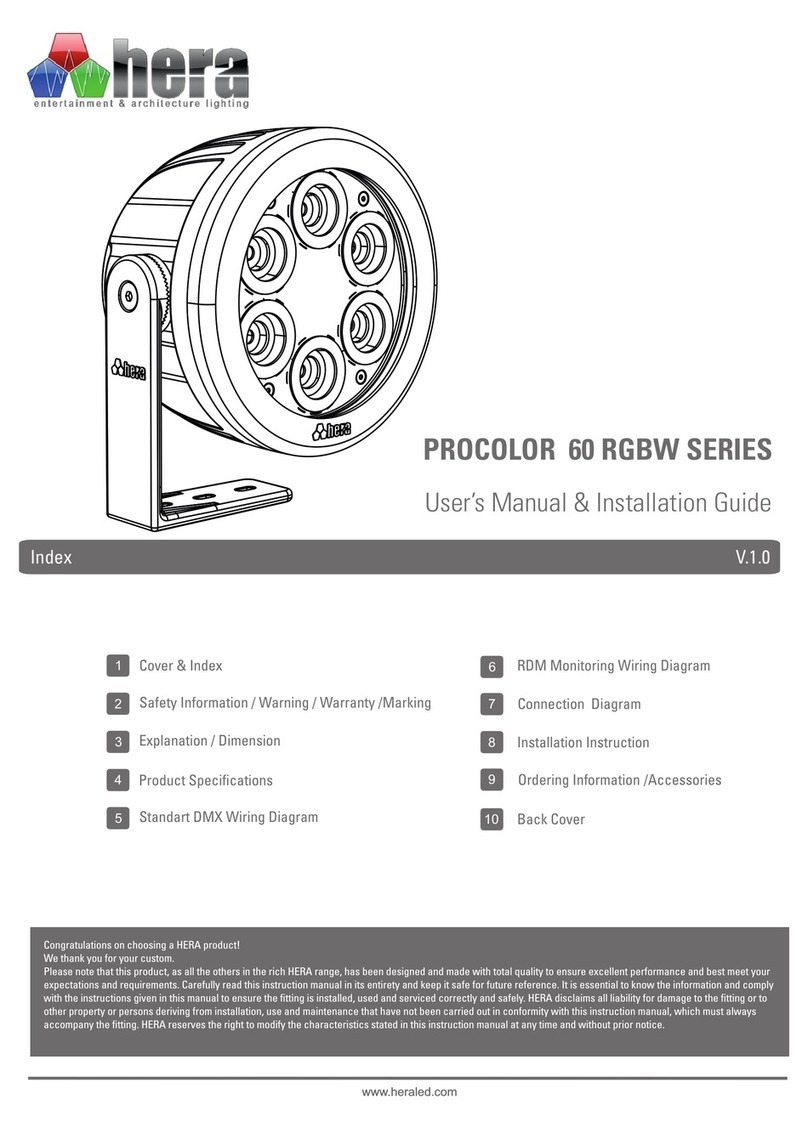
2
Oct. 2017 DJ-202
Cautionary Notes
Before beginning the procedure, please read
through this document. The matters described may
differ according to the model.
Back Up User Data!
User data may be lost during the course of the procedure. Refer to Data
Backup and Restore Operations (p. 15) in the Service Notes and save the
data. After completing the procedure, restore the backed-up data to the
product.
Part Replacement
When replacing components near the power-supply circuit or a heat-
generating circuit (such as a circuit provided with a heat sink or including a
cement resistor), carry out the procedure according to the instructions with
respect to the part number, direction, and attachment position (mounting so as
to leave an air gap between the component and the circuit board, etc.).
Parts List
A component whose part code is ******** will not be supplied as a service part
because one of the following reasons applies.
• Because it is supplied as an assembled part (under a different part code).
• Because a number of circuit boards are grouped together and supplied as
a single circuit board (under a different part code).
• Because supply is prohibited due to copyright restrictions.
• Because reissuance is restricted.
• Because the part is made to order (at current market price).
• Because it is carried in electronic data on the Roland web site.
• Because it is a package or an accessory irrelevant to the function
maintenance of the main body.
• Because it can be replaced with an article on the market. (battery or etc.)
Circuit Diagram
In the circuit diagram, “NIU” is an abbreviation for “Not in Use,” and
“UnPop” is an abbreviation for “Unpopulated.” They both mean non-mounted
components. The circuit board and circuit board diagram show silk-screened
indications, but no components are mounted.
There are cases that the circuit diagrams are omitted. This omission will
happen to the highly integrated digital circuit boards (e.g. Main Board etc) that
are virtually impossible to repair nor analyze.
Roland Japan Warranty
Please send the problem report with followings when the defect occurred
within one year from production and within one month from the first
customer’s purchase.
• Model name:
• Serial number:
•Version:
• Purchase date by the first customer: yyyy/mm/dd
•Symptom:
• Frequency: always, sometimes or seldom
• Confirmed the symptom at your service dept: Yes/No
Support for Software
If a customer contacts about the software, please introduce SERATO support
webpage.
https://support.serato.com/hc/en-us
The entrance is “Help Request” (green banner) on that page.
Specifications
Roland DJ-202: DJ Controller
Signal processing
Sampling Frequency: 48 kHz
Nominal input level
MIC IN (1/4-inch phone type): -60 dBu
Nominal output level
MASTER OUT: 2.0 Vrms
Input impedance
MIC IN (Combo type): 7 kΩ or greater
Output impedance
MASTER OUT: 1 kΩ
PHONES: 22 Ω
Frequency response
48.0 kHz: 20 Hz–22 kHz (+0/-2 dB)
Connectors
MIC IN jack: 1/4-inch phone type
MASTER OUT jacks: RCA phono type
PHONES jacks: stereo 1/4 inch phone type
PC port: USB type B
MIDI OUT connector
DC IN jack
Power supply
USB bus power
Current draw
500 mA
Dimensions
478 (W) x 297 (D) x 62 (H) mm
18-7/8 (W) x 11-3/4 (D) x 2-1/2 (H) inches
Weight
2.1 kg
4 lbs 11 oz
Accessories
Startup Guide (#5100056470, #5100057921)
USB cable (#5100056469)
* 0 dBu = 0.775 Vrms
* Printed matters will not be supplied after the end of the production. Then,
download the electronic file from the Roland web site.
* In the interest of product improvement, the specifications and/or appearance of
this unit are subject to change without prior notice.

